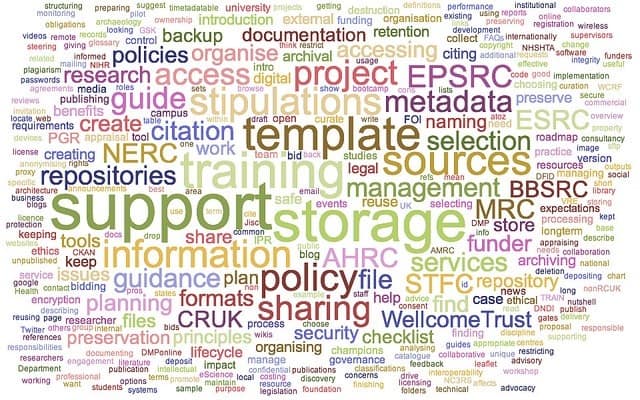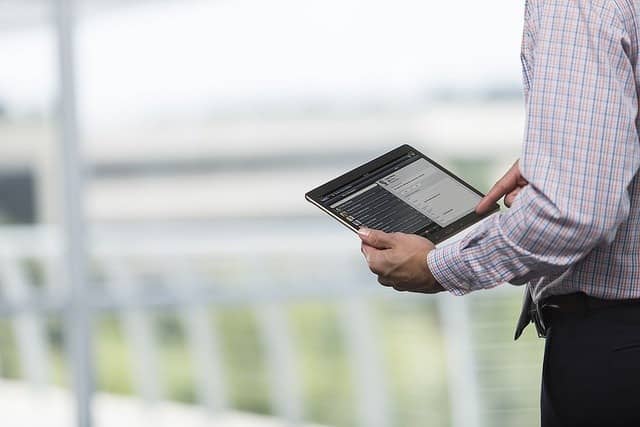The Internet of Things (IoT) is becoming more commonplace and an increasing necessity for businesses. Many experts in this new and emerging technical field believe that by the end of this decade, the market will be more than $1 trillion.
Despite this dramatic growth behind the scenes, few people have a clear idea what the Internet of Things actually is in the first place and how it will shape the world as we know it. The general public only has a vague idea about how we will be able to create an electronic singularity that connects cars, wearable devices, and appliances with sensors for enhanced communication.
Still, despite this confusion, many forward-thinking businesses that are ready to take things to the next level are now researching how they can benefit from IoT.
They are working with organizations like Fathym that build customized dashboards to “help companies understand IoT data from multiple sources in an intuitive way.” Using a variety of metrics, charts, and data visualizations, this structured data will assist businesses “to develop quick, valuable insights regarding resource utilization, operational health, and application performance.”
When reviewing the promise of the Internet of Things from the perspective of creating business value, it’s useful to review how it will impact data management, the world of work, and affect our security.
Data Management

The use of organizing factors makes it easier to interpret and manage data. For example, two organizing factors might be location and sensors.
Location plays a key role in helping us structure data. For instance, a wearable device to improve physical health like Fitbit needs to monitor your time, distance and speed to provide you with valuable feedback on how much exercise you’re getting each day.
Another way to organize information is through the use of sensors. Sensors on devices can measure a wide variety of things like sound, velocity, movement, humidity and temperature. This is useful information, for example, if you wanted to keep track of the performance of a machine. Through the use of sensors you can measure chemical composition, pressure and load.
The World of Work
The Internet of things promises to take office automation to a whole new level.
Here are 5 examples:
- Smart thermostats. These will sense room occupancy and only provide air-conditioning or heating if there are people in a room. It would only work when there are people at the office, and it would shut down when they had left the office for the day. The simple device would save a company about $2,500 every year.
- Smart door locks. Instead of worrying about losing your key or changing a lock for security purposes, all you would have to do is update your key code on your smartphone.
- Smart lighting. Instead of heckling staff to turn off the lights when they leave the office to save on your electric bill, a wireless motion sensor could be programmed to turn the lights on when people enter the room and to turn them off when people leave the room.
- Smart security. Offices usually have sensitive areas that only authorized people can enter. These internal rooms might be a cash office or a server room. In addition, it might be important to monitor who enters and exits the building. Through wireless network cameras, streaming videos can be sent to your smart phone to ensure office security when someone is working overtime in the late evenings when everyone else has left the office. This surveillance may also be useful for detecting serious problems in your office when you are at home like leaks from the water faucets in the washroom, fires due to a short circuit, or floods after a storm.
- Smart applications. These will automate simple tasks like lowering window shades when employees are at the computer and the sun is high and creates a glare.
These are just a few examples of how automation will change office life. In reality, a wide spectrum of office and business issues will be able to be automated.
- The Internet of things will also enhance the following business functions:
- Remote monitoring and maintenance of business premises.
- Real time financial analysis of business progress.
- Streamlined supply chain management with better location tracking
- Energy efficiency of all business machines.
- Interconnected business process automation where devices can interact with each other to complete a project.
Security Issues

Naturally, with everything being interconnected from household appliances to office sensors to industrial machines, security risks will arise with all this automatic data transference.
In order to minimize always potential risks, security analysts are looking at how to ensure sufficient controls.
They are focusing on a variety of issues, for instance:
- · Privacy issues from shared cloud infrastructures.
- · Identification and authentication
- · Legislative boundary restrictions
- · Data access permission.
- · Insurance liability coverage.
The Year 2020
The future will be far different than it is now, and the revolution will be based on the increased connectivity between devices. According to Business Insider: “In total, we project there will be 34 billion devices connected to the internet by 2020, up from 10 billion in 2015. IoT devices will account for 24 billion, while traditional computing devices (e.g. smartphones, tablets, smartwatches, etc.) will comprise 10 billion.”

